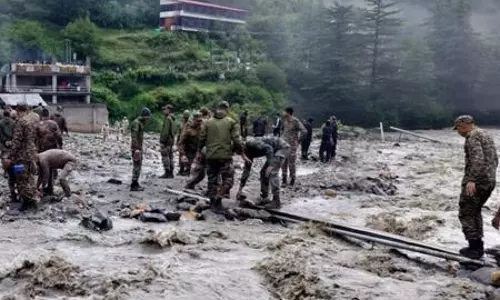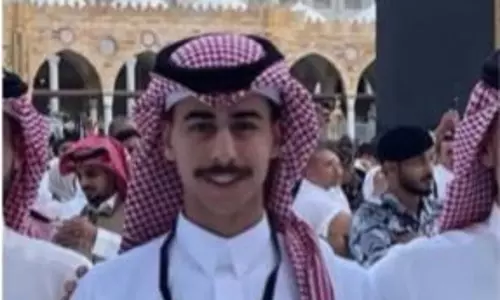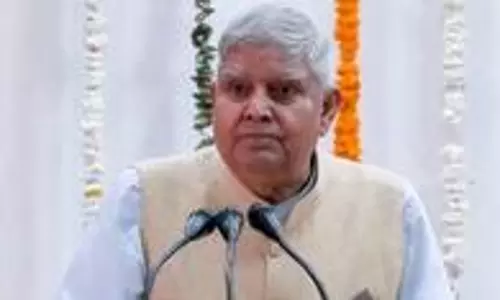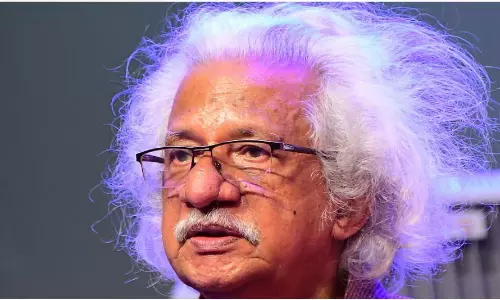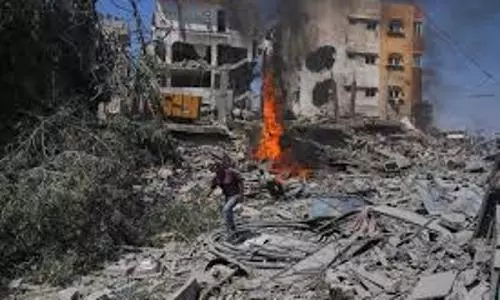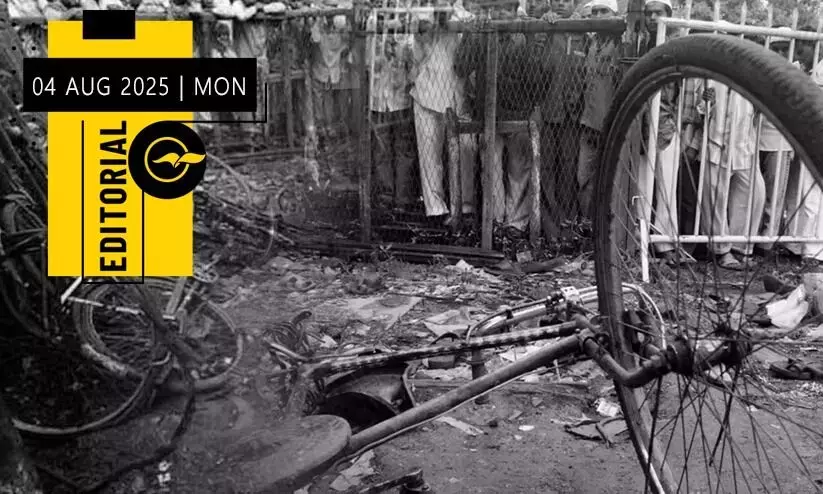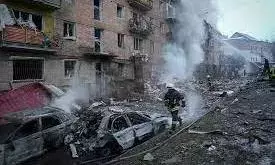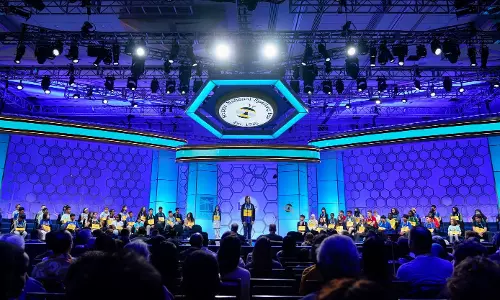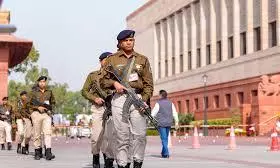
Military deployment in the well of the House
text_fieldsAlso read: ECI finalises electoral college list for Vice Presidential election 2025
esterday, the Deputy Chairman sent officers from the paramilitary force CISF (Central Industrial Security Force) to confront opposition MPs who had taken to the Rajya Sabha to protest against the stringent scrutiny of the voter list in Bihar. Normally, PSS marshals are deployed to stop any protests in the Parliament. This is the first time in the history of independent India that a paramilitary unit has been deployed in the Parliament to maintain order. The important thing is that this move was made with the knowledge and approval of the central government. The procedures in the new Parliament house, which was inaugurated on May 28, 2023, by raising the scepter of Hindutva, were also different. The military discipline is a continuation of that. The government's explanation is that The deployment of CISF iss a continuation of the probe following the incident in December 2023, when two people jumped from the visitors' gallery into the Lok Sabha, creating a panic. Who doesn't know that the incident was a security breach? The attackers entered the visitors' gallery with the entry pass given by BJP MP from Mysuru, Pratap Simha. Several people were raising slogans outside Parliament when the incident took place. It is reasonable to presume that the Centre was using it as a cover to deploy the army in the well of the house. This deployment itself was also conducted in stages. In April 2024, the CISF took over as a replacement for 150 Delhi Police officers who were working with the PSS in the Parliament complex; a month later, an official announcement was made that some of the duties would be transferred to the CISF. It would not include the dog squad and security checks at the flap gates. Following the announcement, the Home Department also issued a notice to the seven-member committee to study the transfer of the entire security charge of Parliament to the CISF. As per the recommendations of the present panel, the CISF is now in charge of the affairs of the court. Even in British India, the responsibility of the security of Parliament was vested in the elected Speaker. That is why the Speaker is also known as the guardian of the House. The elected representative of the people is appointed to the post of Speaker of the House to ensure the democratic and fair conduct of the House and its proceedings; thus, the autonomy of the House is also ensured. It is as a part of this very concept that a special system to control the protests raised by the people's representatives in the House if they cross a certain limit. Now, the Modi government has completely torpedoed that very concept. Meanwhile, the Speaker of the House ceased to the guardian of the house with the CISF taking over control of the House. And thereafter the control of Parliament is given to the Home Minister, who is only part of the Treasury Bench. This move calls into question the essence of parliamentary procedures and, consequently the structure of government. The opposition also pointed out this issue precisely; Congress President Mallikarjun Kharge, in a letter to the Deputy Chairman of the Rajya Sabha, expressed his concern and anger over the new approach of the Centre. The Deputy Chairman, who is currently holding the post of Rajya Sabha Chairman following the unexpected and mysterious resignation of Vice President Dhankhar, has no official answer to all these issues. And the reply was given by the Law and Justice Minister Rijiju! Which makes it is clear aswho controls Parliament.
Also read: Dimple Yadav slams NDA’s 'selective' outrage, recalls Manipur neglect




